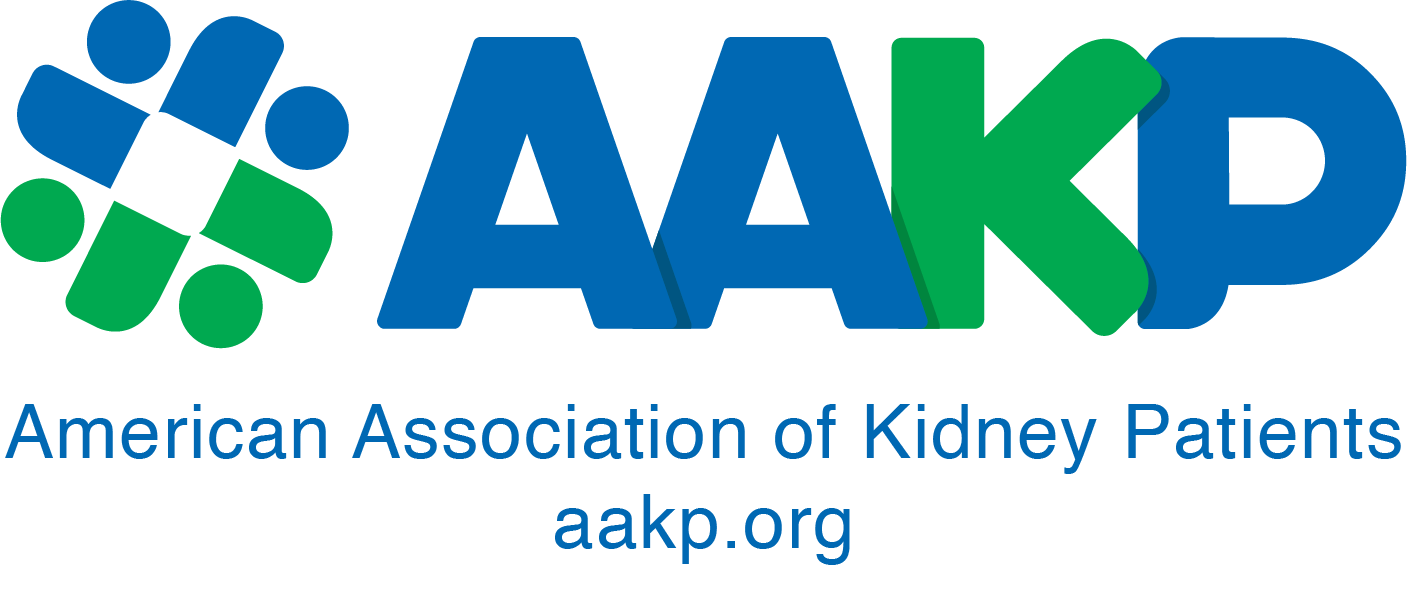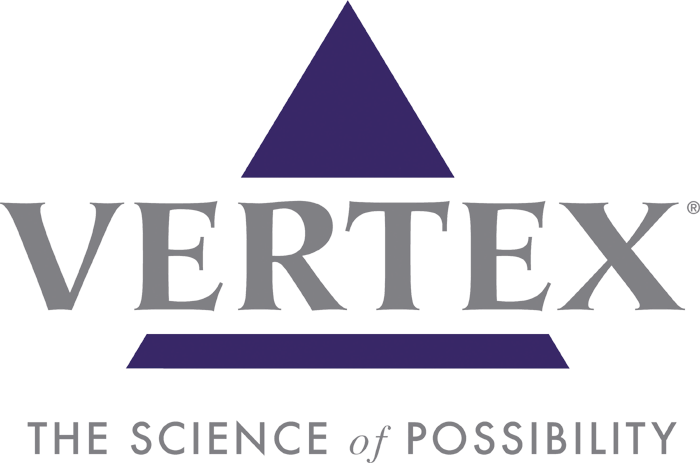There is a lot to learn about Dialysis!
Dialysis is a treatment for kidney failure that removes waste and extra fluid from the blood, using a filter. There are different methods that can be used for dialysis including peritoneal dialysis (PD) and hemodialysis (HD). This section on our website is dedicated to helping you learn about dialysis treatment options and related issues.
Click the button below to find a dialysis center on Medicare's Dialysis Facility Compare website.
How do I prepare for dialysis?
Before you can begin hemodialysis, you will need a permanent access (an entrance) to your blood vessels. This is where the two needles will be inserted each time you have treatment. An access is created during a minor operation. There are three types of access – a fistula, a graft, or a catheter.
Fistula. A fistula is the recommended choice for an access. It has fewer problems and lasts longer. It is made by joining an artery to a nearby vein under the skin in your arm. (An artery is a blood vessel that carries blood away from your heart. A vein is a blood vessel that carries blood to your heart.) When an artery and vein are joined, the vein grows wider and thicker, making it easier to place the needles for dialysis. It may sound scary, but it is a simple procedure. A fistula should be made several months before starting dialysis to give it enough time to fully heal and be ready for use.
Graft. If your blood vessels have certain problems, a fistula may not work for you. In that case, a graft may be used. A graft is made by joining an artery and nearby vein with a small, soft, man-made tube. The graft (including the tube) is completely under your skin.
Catheter. A catheter is a thin, flexible tube that is inserted through your skin into a large vein in the neck, chest, or groin. It is a safe procedure. The ends of the tube stick out through your skin all day and every day. Doctors use catheters on people who only need dialysis for a short time (temporarily due to a possible acute kidney injury – which is a sudden episode of kidney failure or kidney damage that happens within a few hours or a few days). It can also be used for people on long-term dialysis, but only if a fistula or graft cannot be placed – since catheters having a higher rate of infection.
What are my choices for dialysis?
In-Center Hemodialysis
A dialysis center is located in a clinic or hospital. Trained staff does all aspects of your treatment. They place the access needles and tubing; monitor the machines; watch your vital signs during treatment; clean the equipment after each use; and order supplies. You may be able to do some things yourself, like insert the needles into your access (called self-cannulation). The time you spend during each dialysis treatment will depend on your body size, lab results, and general health. Your kidney doctor (called a “nephrologist”) will prescribe the length of your treatment. It may be helpful to tour a dialysis center to see how it looks and sounds before choosing this type of treatment. Most dialysis centers are designed as an open area A with reclining chairs along the wall and a dialysis machine beside each chair. There are usually televisions at each chair. While you’re having treatment, you can read, sleep, watch TV, or work on your computer. Your treatment days and times will be scheduled by the center. Treatments are typically done three times per week (ex. Mondays, Wednesdays, Fridays) for an average of 3-4 hours per treatment.
Home Hemodialysis
You can also do dialysis in the comfort of your own home. If the home hemodialysis machine you are using requires a partner, your care partner will need to be with you and assist you each time you do a dialysis treatment. It is important for you to choose a dependable person with whom you work well. Some people hire a nurse or technician to be their care partner (not covered by Medicare), but most care partners are a family member, spouse/partner, or close friend. You and your care partner will get special training from a nurse on how to do your treatments safely. Training generally lasts three to eight weeks and is done in a dialysis clinic that offers home treatment options. Your center will arrange for you to get the equipment and regular delivery of supplies.
With home dialysis, you are in charge of your treatment. You will set up your machine, prepare it for treatment, and clean it afterwards. After treatment, you will dispose of used supplies. A nurse will be available by telephone at all times who can answer questions, assist you in dealing with problems, arrange for technical support of the machine, and give you advice. You will still have access to the same professional team as someone who does treatments in a center. Your healthcare team can also arrange for you to dialyze in a center when you or your care partner travel or take vacations. They can also guide you on how best to travel with your home hemodialysis machine. Many people feel that doing dialysis at home allows them a greater sense of control, more independence, the flexibility to choose a time of day for dialysis, and overall better health. Plus, there is no need to travel to a dialysis center, except for monthly checkups.
Peritoneal Dialysis
Peritoneal Dialysis (PD) is another form of home dialysis which uses your own peritoneum – a natural membrane that covers the abdominal organs and lines the abdominal wall to filter wastes. The peritoneum is a porous or sponge-like membrane that allows toxins and fluid to be filtered from the blood.
In order to perform PD, a surgeon will need to create a dialysis access to the peritoneal cavity. To create an access, the doctor will insert a small, soft tube, known as a catheter. This procedure is usually done in an outpatient center. During your procedure, a catheter is placed through the abdominal wall and into the peritoneal cavity. The catheter will travel from the peritoneal cavity under the skin (the tunnel) to a place where it comes out to the body. The place where the catheter comes out of the body is called the exit site. It will take about two to three weeks for the exit site to heal, but you will be able to walk around normally after your surgery. The only thing to be aware of is that you will need to keep the dressing dry and undisturbed. Sponge baths are okay but no showers or baths until you see your PD nurse, usually one week after your surgery. A portion of the catheter remains outside the abdomen and under your clothing to allow bags of dialysis fluid (dialysate) to attach. Your PD nurse will teach you a simple routine for cleaning and taking care of the catheter exit site. Daily care of the exit site is critical to prevent infections.
AAKP's Top Resources on Dialysis Education
- Understanding Your Hemodialysis Options
- Understanding Home Hemodialysis Options
- Understanding Your Peritoneal Dialysis Options
- Understanding Your Hemodialysis Access Options
- CONVERSATION STARTER: Questions to Ask Your Healthcare Team About Choosing The Right Therapy for You!
- CONVERSATION STARTER: Questions to Ask Your Healthcare Team About Changing Dialysis Therapies
- Pocket Guide to Managing Kidney Disease: Questions to Ask Your Healthcare Team
- AAKP HealthLine Webinar: Making the Perfect Team: Working with Your Dialysis Technician
- Speak up: Making Dialysis Safer for Patients Video
- CDC Fact Sheet on Kidney Disease (2021)
iChoose Kidney Risk Calculator*
The iChoose Kidney risk calculator is a tool that educates patients about the risk of available treatment options for kidney disease. This tool shows estimated risks of patient survival (probability of staying alive) and mortality (probability of dying) with different treatment options (dialysis or transplant) given the patient's demographic and clinical history at dialysis start.
My Dialysis Choice*
If you kidneys fail, dialysis can save your life. But, dialysis is not just a medical treatment. It can also affect every aspect of your lifestyle. This online tool will help you choose the right treatment for you, so you feel your best and live the way you want to.
*iChoose Kidney Risk Calculator is an online application tool created by a team of researchers at Emory University, funded by the National Center for Advancing Translational Sciences of the National Institutes of Health under Award Number ULl TR000454 and KL2TR000455, and further supported through a grant from the Carlos and Marguerite Mason Trust Foundation (Emory University).
*My Dialysis Choice is an online application tool created by the non-profit Medical Education Institute.

























